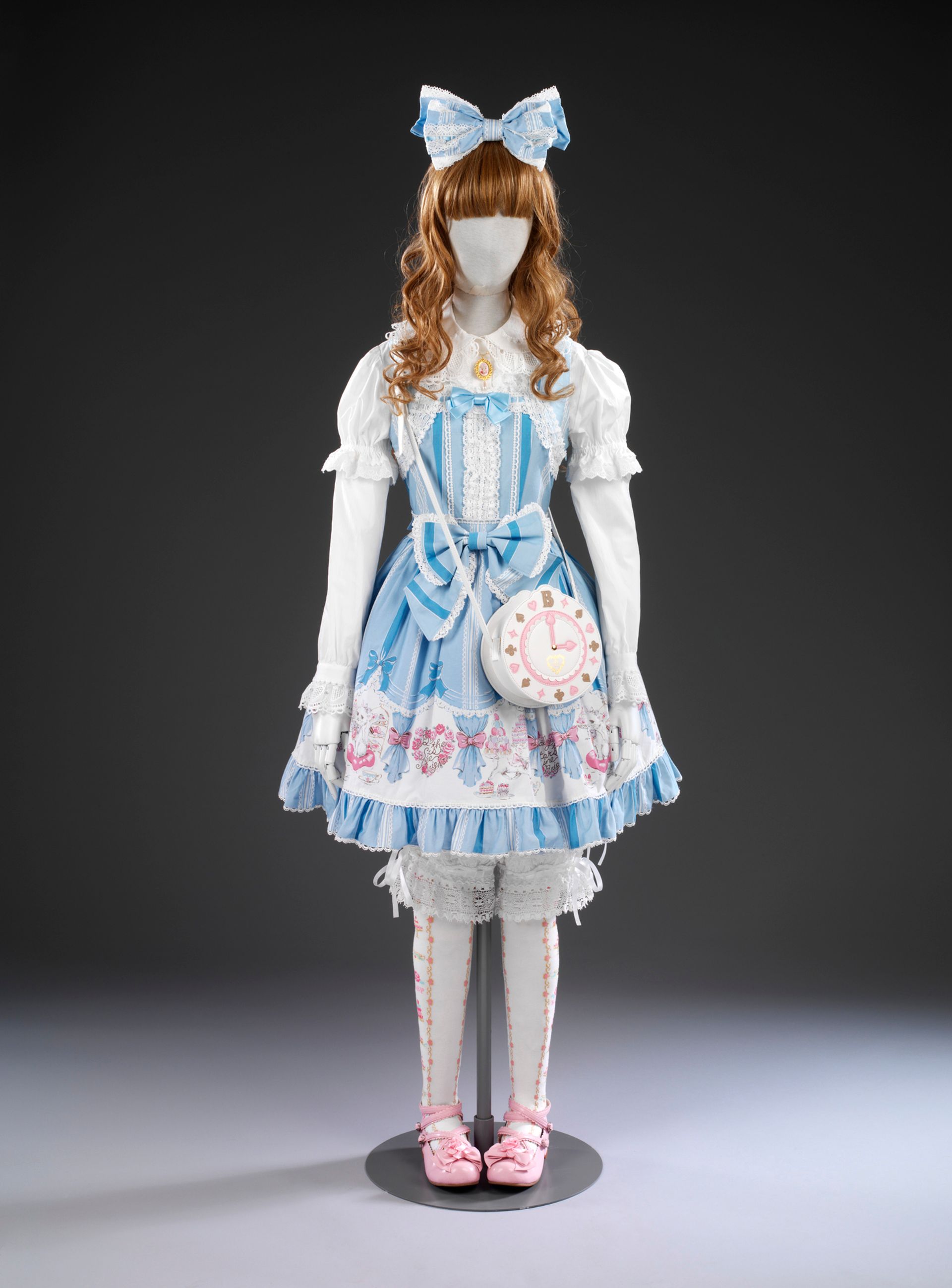Four hundred objects go on public display for the first time today (4 November) in the newly refurbished Toshiba Gallery of Japanese Art at the Victoria and Albert Museum (V&A) in London. More than 550 items dating from the sixth century to today are on show, including 30 new acquisitions.
The gallery initially opened in 1986, and houses works from the V&A’s collection of Japanese art and design which was founded in the 19th century. “The former gallery was serene but the refurbished gallery is better lit and has proper labeling,” says Rupert Faulkner, the museum’s senior curator of Japan. Toshiba has funded the gallery refurbishment, the cost of which is undisclosed.
More space has been given over to 20th- and 21st-century objects such as the first portable Walkman manufactured by Sony in 1979 (the folk craft section of the gallery is now smaller, while a large selection of Japanese porcelain is on display in the sixth-floor ceramics galleries, which were renovated in 2009).

Certain objects stand out for aesthetic and historical reasons. The outfit, Sweet Lolita Ensemble, by the Baby, the Stars Shine Bright brand (2011-12), symbolises the “cult of the cute (kawaii)” with its outlandish bloomers, double petticoat and tea-party print.
“The Lolita ensemble references Alice in Wonderland. Indeed, Victorian children’s literature is big in Japan. It’s a hyper-feminine object that could be considered a feminist symbol in Japanese society which is male-dominated,” Faulkner says.
Another highlight is the Mazarin Chest (1640-43), one of the most important pieces of Japanese export lacquer ever made. The ornate treasure, which was shipped to Europe by the Dutch East India Company in 1643, underwent conservation after the Getty Foundation and the Toshiba International Foundation provided £130,000 funding (the move enabled a Japanese conservator to visit the V&A over a four-year period).
“We understand that four chests of high quality were made for export to Europe,” Faulkner says. “The V&A was contacted by the State History Museum in Moscow because an aristocrat donated a box of furs to the [Russian] museum at the beginning of the 20th century. It sat in the museum’s metalwork collection for 100 years or so but we believe that it is the fourth box in the series of Mazarin chests.”
But the most striking talking point must be a kimono made for a young boy in the 1930s, which marks the first aeroplane flight from Japan to England. “This shows that the relationship between the UK and Japan had not been cut at that point [1937]. An image of a globe printed on the kimono outlines the flight path taken by the pilot, taking in cities such as Beijing and Hanoi,” Faulkner says. The Tower Bridge in London is clearly visible on the printed wool garment; the plane landed, meanwhile, at Croydon airport.

